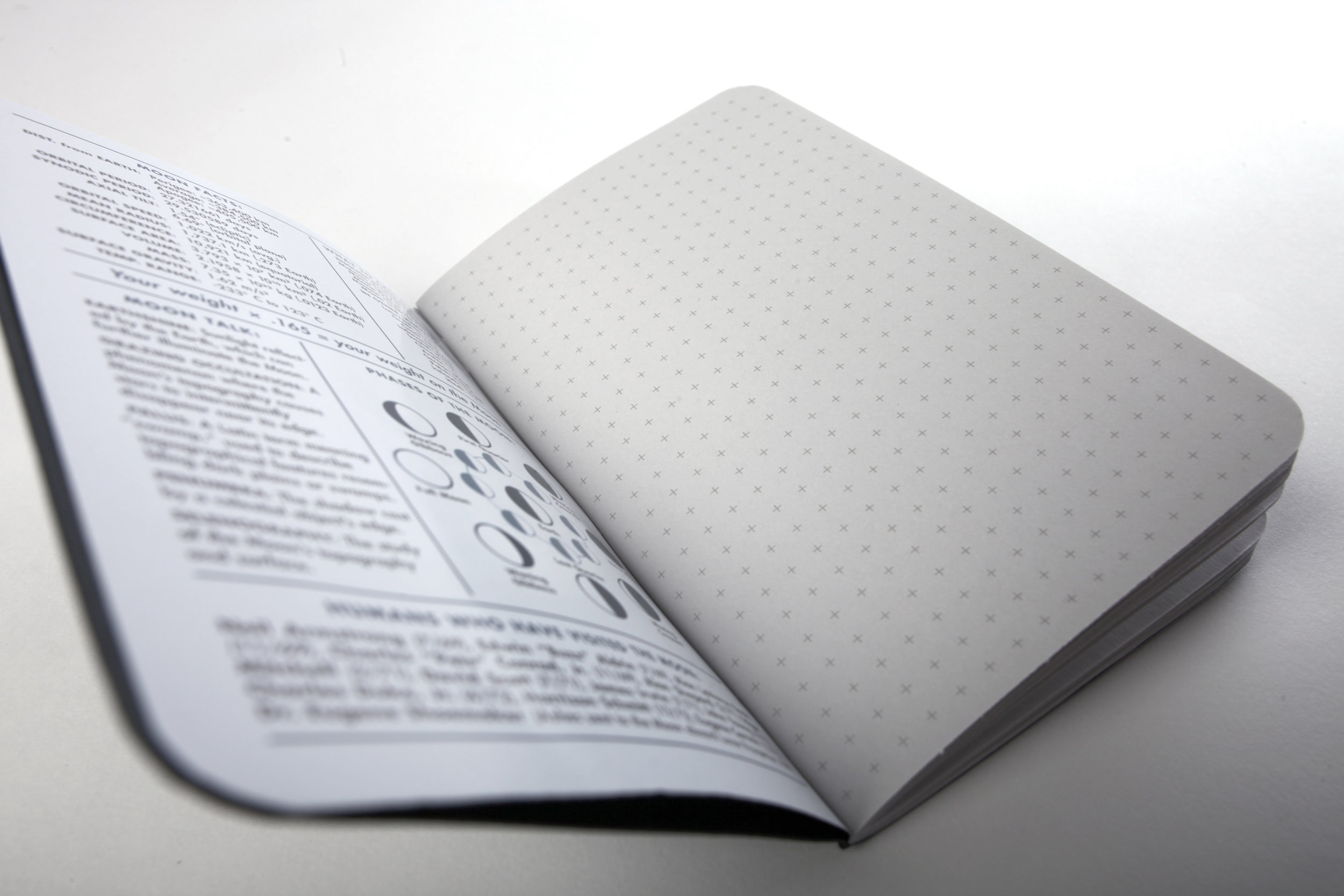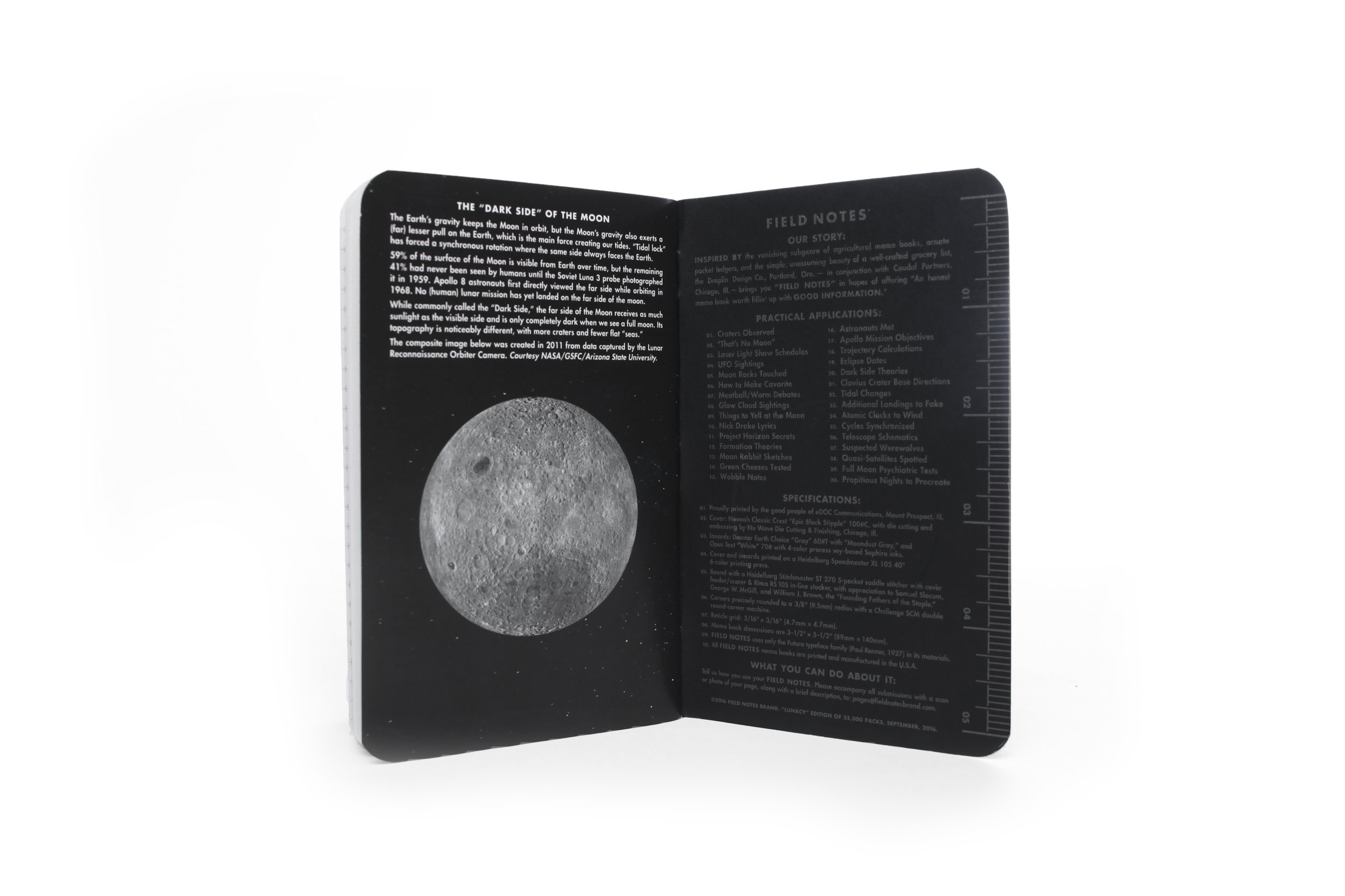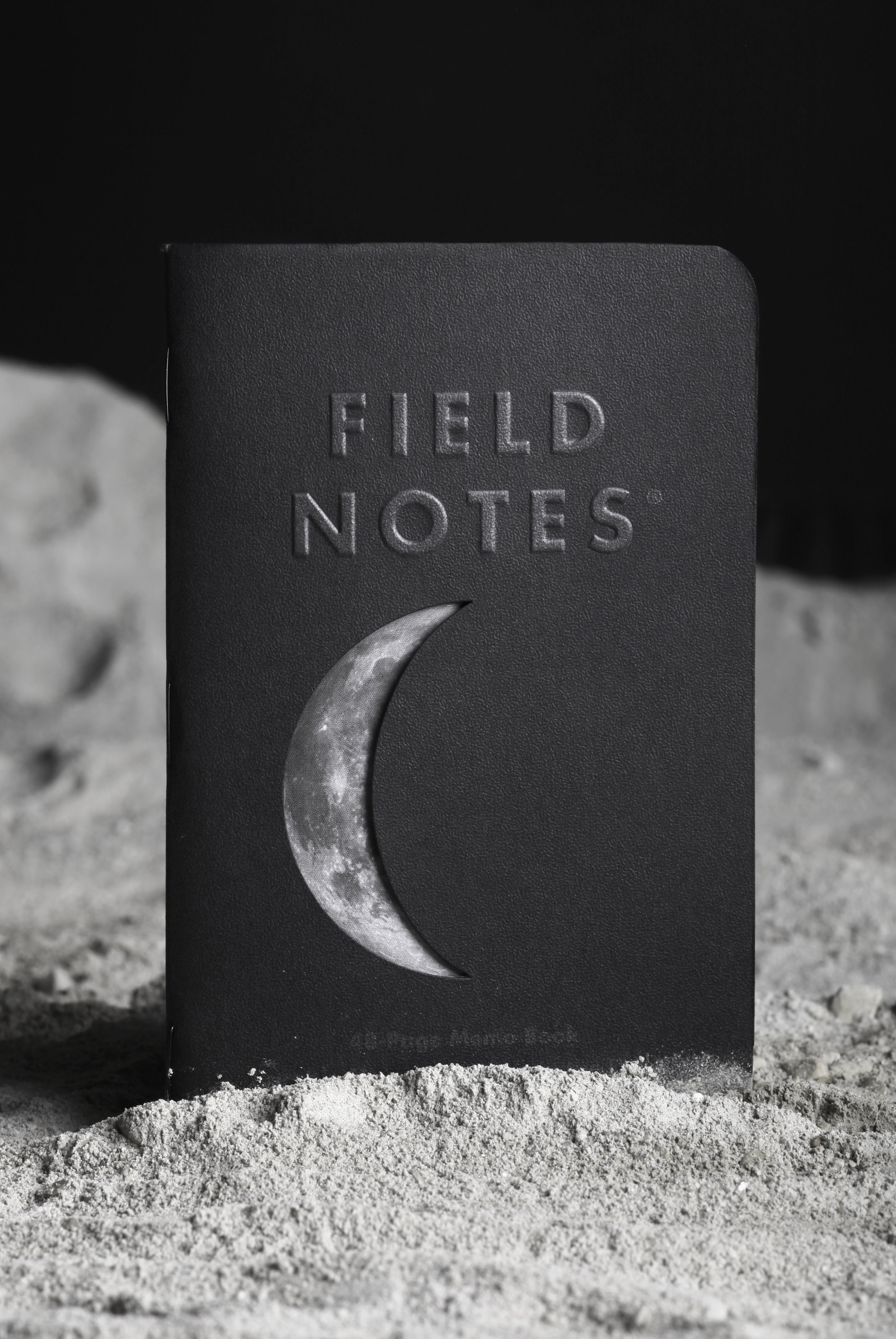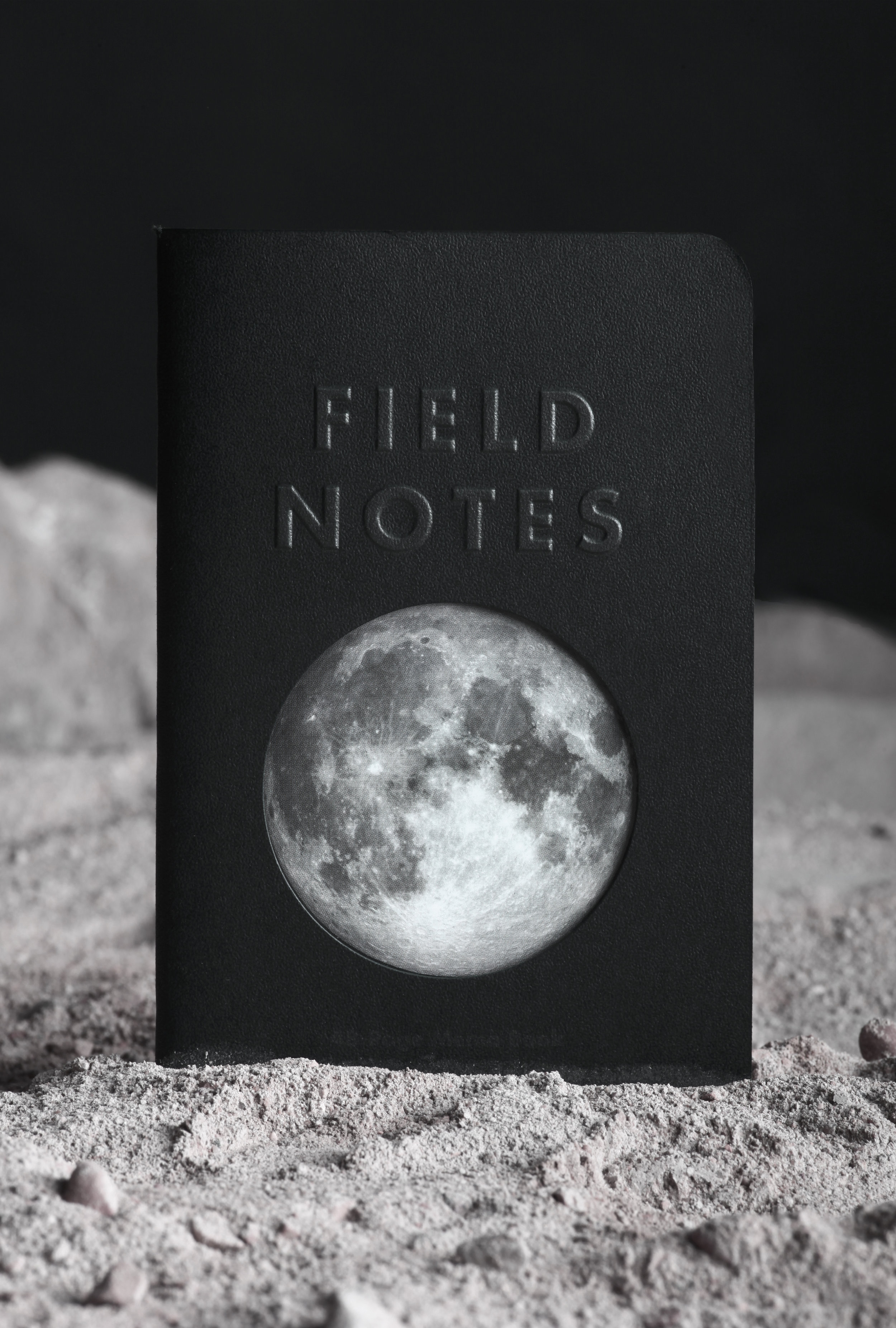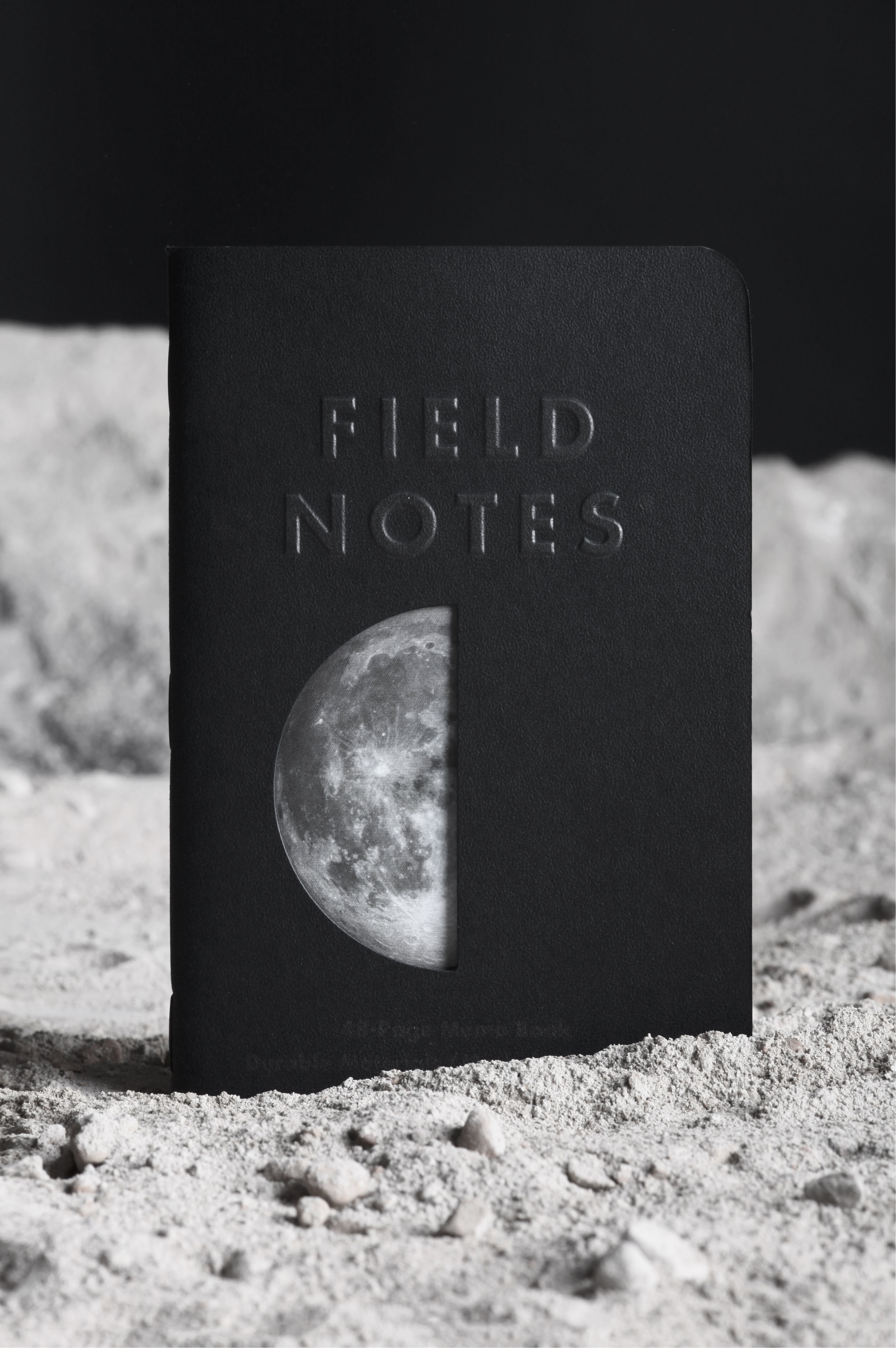Words: Johnathan Montelongo
Photos: Alex Jefferis
Like Lisbon and Rome, Bristol is rumoured to be built on seven hills. Discuss this with any of the city’s innumerable cyclists and you could easily double or treble that number. Personally, I’ve always believed that the centre of Bristol is a basin and that all departure routes lead uphill. So this urban landscape, my home city, was the ideal place to road test KEEN’s robust and water resistant new hiking boots, the Feldberg.
The Feldberg Mid WP (£140) is essentially a hybrid hiker – a versatile, European-made boot that is said to perform just as well in the asphalt jungle as on wilderness hill treks. There’s a choice of two colours/materials – a handsome earthy brown nubuck leather or an anthracite grey suede with dashing red laces. Both styles are made with a breathable KEEN.Dry® waterproof membrane, providing reliable protection against the elements, and are identical in terms of fit and comfort.
For this challenge, I laced up the slate grey pair, with an intense pop of postbox red laces, and plotted my route up three of Bristol’s peaks. First, I would scale Park Street (the city’s iconic terraced shopping thoroughfare) to Brandon Hill with its Victorian Cabot Tower. Next, I would ramble across town, dipping under the Bear Pit and striding across Stokes Croft to tackle the short but impossibly steep Nine Tree Hill. Finally, I would test the boots tread on the hidden hillock that rises above St Werburghs in the north east of the city, known locally as the ‘tump’. By the end of the day, I was hoping to capture three unique portraits of a city I love.
Peak 1: Brandon Hill
After a particularly busy week I was excited to don the Feldbergs, with a thick pair of hiking socks, and put some miles under my feet with our photographer Alex. Having only just recovered from a ruptured ligament in my left ankle, I appreciated the unyielding support these boots provided and the wet cobble-stones leading up to Park Street were no match for the deep tread of the rubber outsole.
Once at the top, we befriended a loft of curious pigeons who, I’m convinced, approved of the high-contrast boot and lace combo. Cabot Tower stands at 105ft (32 m) and was built in the 1890s to commemorate the 400th anniversary of the journey of John Cabot from Bristol to Newfoundland. The narrow, spiral staircase up the middle of Cabot Tower was a doddle thanks to KEEN’s metatomical footbed, which gave sturdy support from toe to heel, and the damp, painted concrete underfoot bore no slip hazard for these feet!

















